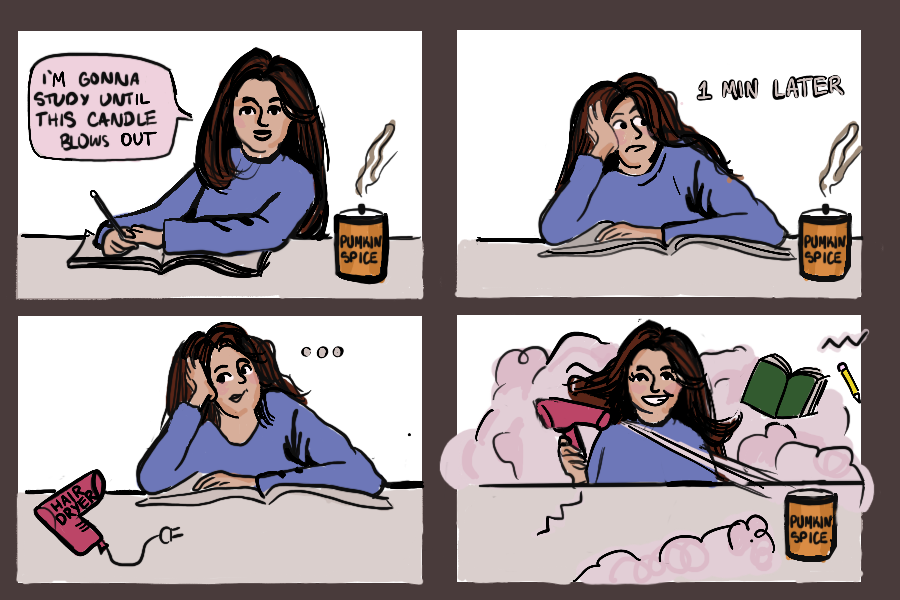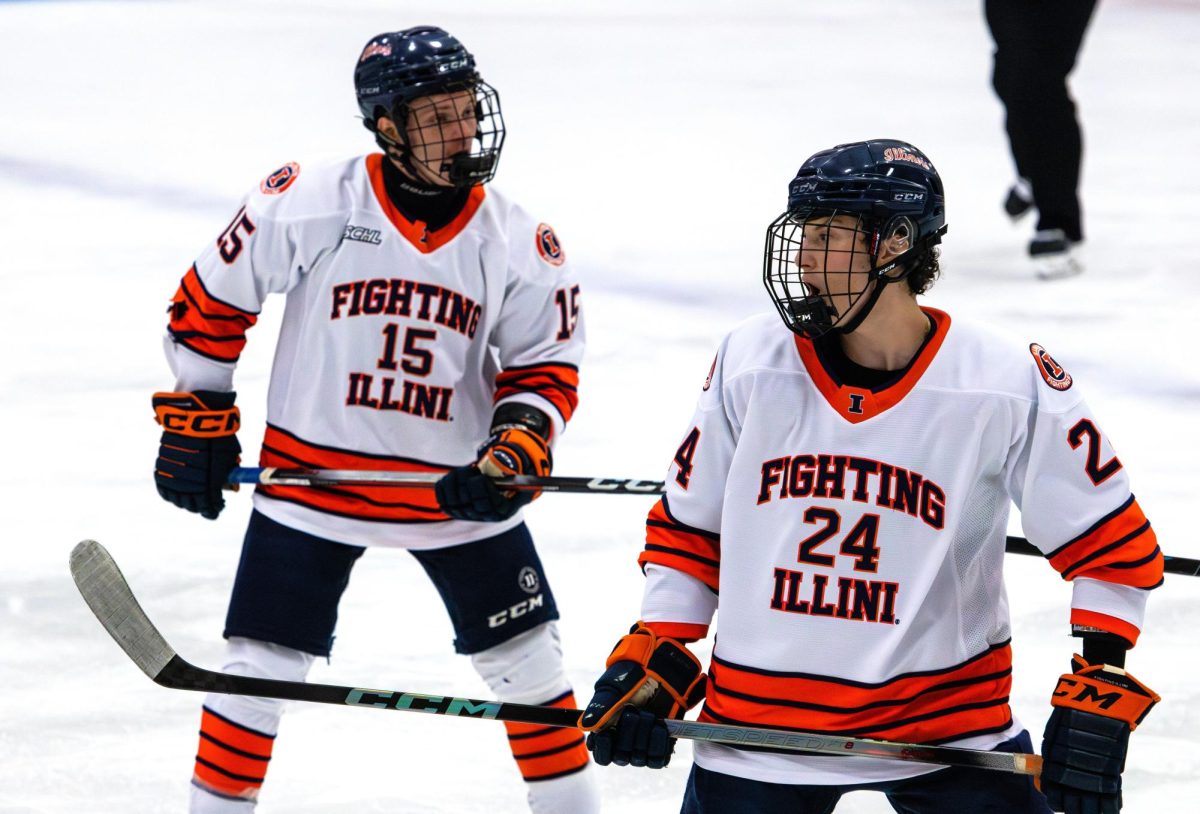Dance has always been a form of expression and for the last three years, the art of dance has been the form in which several graduate students have expressed their Ph.D. research. For these students, their research is no longer confusing, filled with a lot of technical jargon and complex processes. By dancing their Ph.D, they not only explain their research, they do so in a creative and fun way.
Created by writer John Bohannon of Science magazine and sponsored by Science magazine, the Dance Your Ph.D. contest received 45 submissions this year. According to the official contest website, the contest receives entries for the categories of physics, chemistry, biology and social sciences, each with its own prize. The prizes vary on a yearly basis, but this year, each category’s winner receives $500 with a chance to win another $500 for having the best overall video.
The rules, which can be found on the contest website, are simple — create a fun, interesting video on the basis of your Ph.D. research, which must be in a science-related field. Dance in the video yourself and submit the video on vimeo. The judges, who are comprised of scientists, artists, choreographers and previous winners, grade the submissions on three criteria: scientific merit, artistic merit and creative combination of science and art.
Jan Erkert, the head of the department of dance, thought the contest was a great idea.
“I think it’s exciting to have people take an intellectual idea, something that they really know, through intellectual discourse and physicalize it. Because this is what dancers do; we take ideas, and we make them physical,” she said.
Get The Daily Illini in your inbox!
For Markita Landry, a graduate student at the University, the 2009 contest was a great way to integrate her love of science and dance.
“I grew up in a Latin-American household, and dancing (salsa, meringue, bachata) has always been an integral part of my life and my culture … As soon as I saw the call for entries in Science magazine, I jumped at the chance!” Landry said in an e-mail interview.
Landry’s entry combined her research of biological optics with tango. The dance was improvised, taking cues from her dance partner, much like the lasers in her research. Because of her creativity and research topic, Landry won for the physics category.
This year, Landry is a judge. She said that it was tough to pick a winner. “I was impressed by the skill of many of the dancers (who had obviously been dancing for many years) and their ability to pick out really interesting aspects of their research and highlight them in their dances,” she said.
According to Landry, the contest is a great way to showcase scientists’ characteristics, some of which are overlooked.
“As a scientist, producing good science is only half the battle. If you are unable to explain your science to 1) other scientists and 2) (more difficult) to the general public, then your scientific productivity is severely limited,” she said.
This year’s Chemistry Runner-Up, Lara Rajeev, who received her doctorate from the University of Illinois, said, “One thing that I really achieved was that so many of my friends and family now tell me that now they finally understand what my Ph.D. research is about. So that makes me feel good.”
Rajeev’s video is about how special pieces of DNA, called transposon, move between bacteria in the intestine.
She was already in an Indian dance class, and explained her research to her teacher who helped her create the dance. “What I did was put the idea across to my dance teacher … as long as I was able to explain my research to her she was willing to help me with it. So all my effort, actually went to explaining to her my research topic,” Rajeev said.
Finalists for each category were announced Sept. 17, and these videos will later be screened on Oct. 18 in the Imagine Science Film festival in New York City. An award ceremony will follow.





